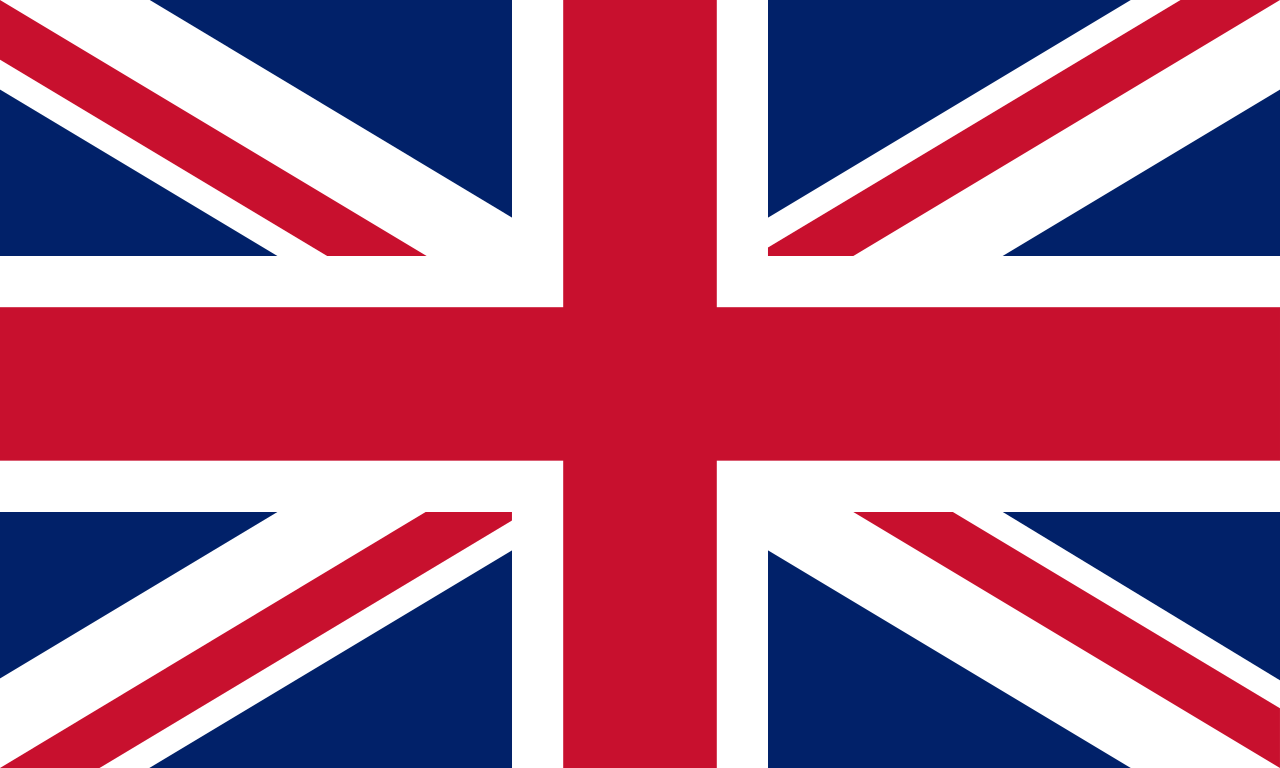Before you purchase a diamond ring it’s important to consider the 4C’s- the industry standard for Diamond Education which consists of Diamond Cut, Diamond Clarity, Diamond Colour and Diamond Carat to ensure your making the right decision and discover a balance between quality and budget.
Also, when purchasing a diamond over 1ct, it’s important to see the certification of the diamond. This is an independent validation of the diamond that verifies and describes the diamond you’re buying. The main examining bodies are GIA, HRD, IGI, AGI.
At Je t’aime we grade our diamonds and provide you with the certification to ensure the highest level of accuracy and guarantee for a high-quality diamonds. Let’s delve into each of the 4Cs to learn more…
The 4C’s
Diamonds are crystal structures formed over millions of years. The standard for grading and understanding a diamonds quality was founded by the GIA and used across the world. This allows customers to easily understand a diamonds quality and become fully informed of what they are about to buy. A diamonds 4C’s are their Colour, Clarity, Cut, and Carat. Continue reading, to find out more about each of the 4C’s.
Diamond Colour refers to the presence or absence of hue in a diamond. A perfectly colourless diamond is pure and valuable. The GIA Colour Scale grades Diamonds from D (colourless) to Z (light colour). The closer to D, the more valuable the diamond. As you move down the scale, the colour becomes more visible, subsequently affecting the price of the diamond.
Below visually showcases the variations in colour:

Image sourced via GIA
Diamond Clarity relates to the presence of inclusions (internal flaws) and blemishes (external flaws) in a diamond. Natural formation processes create these characteristics over millions of years. GIA has six clarity categories:
- Flawless (FL) and Internally Flawless (IF): No visible flaws under 10x magnification.
- Very Very Slightly Included (VVS1/VVS2): Minor flaws difficult to identify under 10x magnification.
- Very Slightly Included (VS1/VS2): Minor flaws visible under 10x magnification.
- Slightly Included (SI1/SI2): Noticeable flaws under 10x magnification.
- Included (I1/I2/I3): Obvious flaws affecting brilliance and transparency.
While some flaws are unnoticeable to the naked eye, they affect the diamond’s internal quality. The GIA Clarity Chart at the end of this guide provides a visual representation.
A diamond cut gives it the ability to reflect light to ensure it sparkles and shines in different ways and intensities. We often think diamond cut refers to the shape of the diamond like round, oval, emerald, baguette and much more. However the cut of a diamond actually relates to how a diamond reacts to light that shine upon it.
The GIA rates cuts as Excellent, Very Good, Good, Fair, and Poor. Excellent cuts are the most valuable, creating maximum brightness, fire (rainbow colours), and ultimate scintillation (sparkle). Proportions of the diamond’s facets influence its interaction with light, resulting in unique visual effects.
Each diamond is different and unique, each producing differing results when they interact with light rays. This gives each diamond an individual and unique characteristic on its ability to influence light to create visually stunning effects.
Diamond Carat measures a diamond’s size and weight. One carat (1ct) equals 200 milligrams and is divided into 100 points for precise measurement.
Carat weights below 1ct may be referred to as points (e.g., 0.75 carats as 75 points), while weights above 1 carat are expressed in carats and decimals (e.g., 1.75 carats). Generally, larger diamonds are rarer and more valuable. However, this is all dependent on a diamond’s other characteristics like colour, clarity, and cut also impact its price.
Therefore, a diamond’s overall value and price takes into account all of the 4C’s- Colour, Clarity, Cut and Carat weight.
Image Representation of the 4C's








